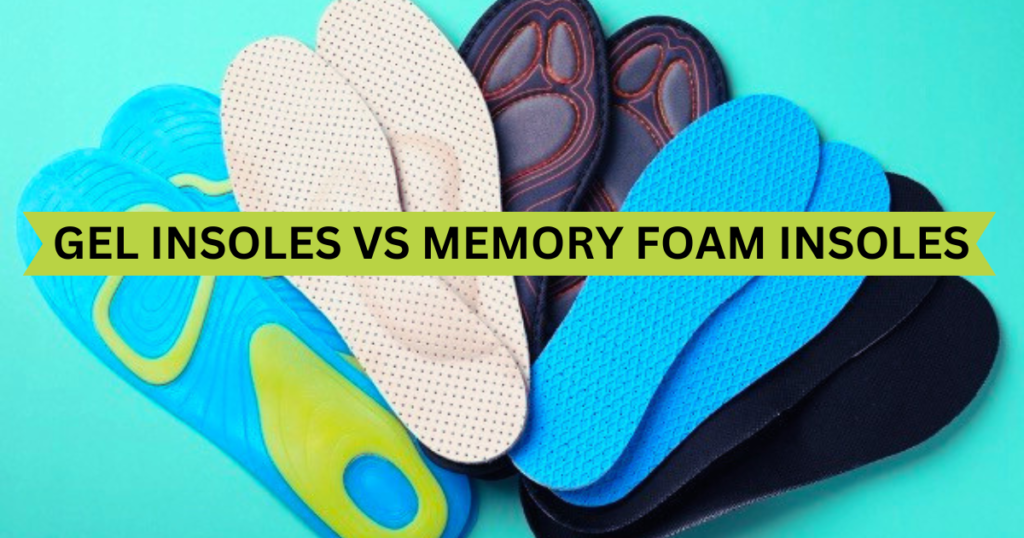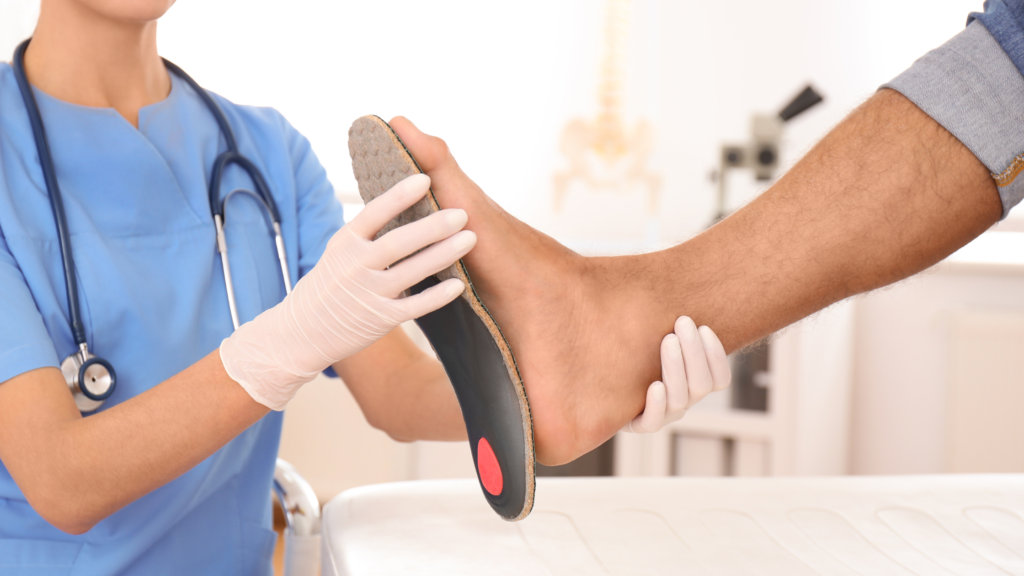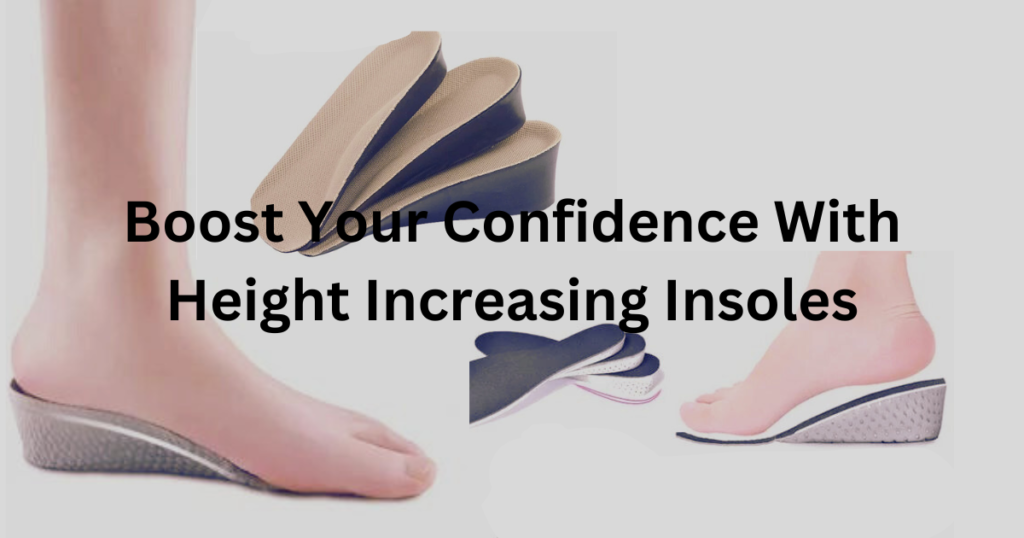In today’s fast-paced world, the importance of proper footwear cannot be overstated, and when it comes to comfort and support, insoles play a crucial role. Among the various options available, gel insoles and memory foam insoles stand out. Let’s find out the Difference Between Gel Insoles vs Memory Foam Insoles to help you make an informed decision for your well-being.
Gel Insoles Vs Memory Foam Insoles:
Before deciding which one best suits according to your need, first it is important to know the difference between Gel insoles vs Momory foam insoles.
What Are Gel Insoles?
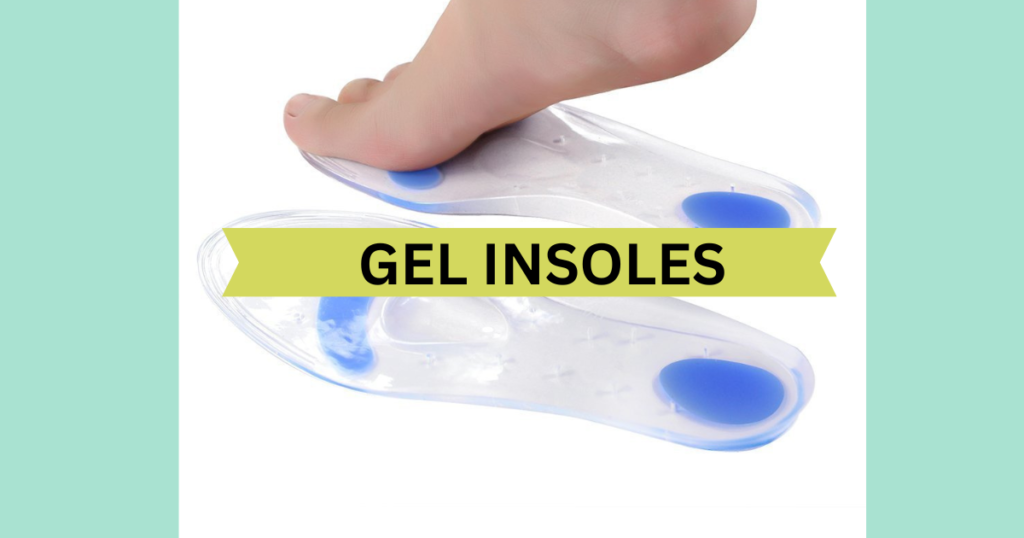
Gel insoles are crafted from a special type of silicone gel that provides a cushioning effect. This material is known for its shock-absorbing properties, offering relief to those who spend long hours on their feet.
Benefits of Using Gel Insoles:
Here are some key advantages of using gel insoles:
1. Excellent Shock Absorber:
One of the primary benefits of gel insoles is their excellent shock-absorbing properties. The gel material is effective in cushioning the impact of each step, reducing stress on joints and minimizing discomfort during prolonged periods of standing or walking.
2. Provides Immediate Comfort:
Gel insoles provide instant relief for tired and achy feet. The gel material molds to the contours of the foot, creating a soft and supportive surface that eases foot fatigue and reduces pressure points.
3. Regulate Foot Temperature:
Gel insoles often have a cooling effect, helping to regulate foot temperature. This can be particularly beneficial in warmer climates or during activities that generate heat, offering a refreshing sensation to the feet.
4. Aid In Arch Support:
Many gel insoles are designed with additional arch support, providing stability and promoting proper alignment. This feature can be particularly valuable for individuals with flat feet or those who require extra support in the arch area.
5. Have Reduced Impact on Joints:
The shock-absorbing nature of gel insoles not only benefits the feet but also helps reduce the impact on the knees, hips, and lower back. This can be especially advantageous for individuals with joint issues or those prone to discomfort in these areas.
6. Enhanced Blood Circulation:
The cushioning effect of gel insoles promotes better blood circulation in the feet. Improved circulation can contribute to overall foot health and may alleviate symptoms related to poor blood flow, such as numbness or tingling.
What Are Memory Foam Insoles?
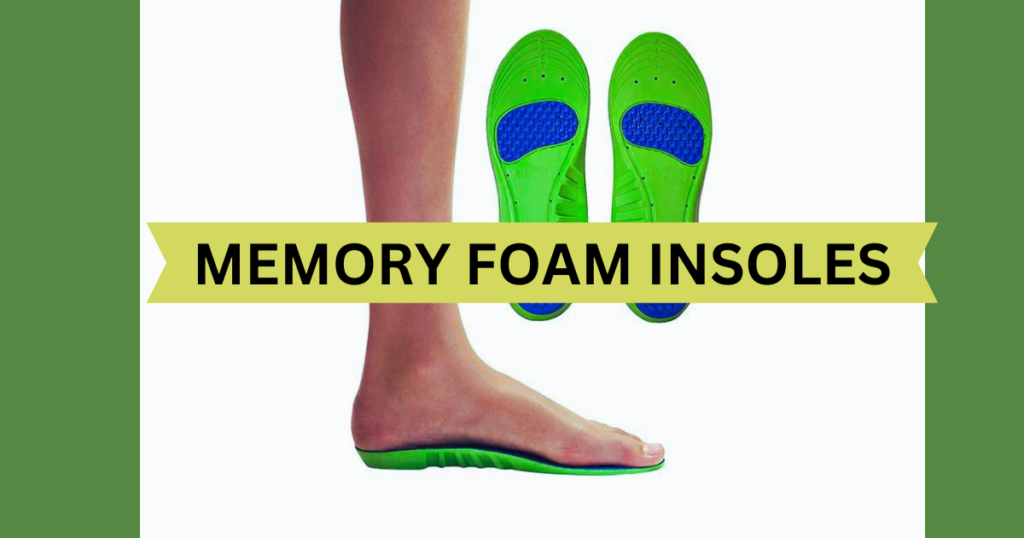
Memory foam insoles, on the other hand, are made from viscoelastic materials that conform to the shape of the foot, providing personalized support. This unique feature sets memory foam apart, creating a tailored experience for each user.
Advantages of Using Memory Foam Insoles:
Here are some key advantages of using memory foam insoles:
1. Personalized Comfort:
One of the standout features of memory foam insoles is their ability to conform to the unique shape of the wearer’s feet. The heat from the feet activates the memory foam, allowing it to mold and adapt to the contours, providing a customized and personalized fit.
2. Helps In Even Pressure Distribution:
Memory foam excels at evenly distributing pressure across the entire foot surface. This characteristic reduces stress on specific pressure points, making it an ideal choice for individuals with conditions such as plantar fasciitis or other foot ailments.
3. Long-Term Support:
Memory foam insoles maintain their supportive qualities over time, providing consistent comfort and cushioning. This durability ensures a prolonged period of effective use, making them a reliable investment in foot health.
4. Temperature Sensitivity:
Memory foam is temperature-sensitive, meaning it responds to body heat. This feature enhances the adaptability of the insoles, as they become more pliable and conforming with prolonged wear, offering a comfortable and secure fit.
5. Enhanced Arch Support:
Several memory foam insoles include integrated arch support. This additional feature helps maintain proper foot alignment, reducing the risk of arch-related discomfort and providing relief for individuals with flat feet or fallen arches.
6. Compatible with Various Footwear:
Memory foam insoles are versatile and can be easily transferred between different pairs of shoes. This adaptability makes them a convenient choice for individuals who want to enjoy the benefits of memory foam across various types of footwear.
7. Improved Blood Circulation:
The even distribution of pressure facilitated by memory foam can contribute to enhanced blood circulation in the feet. This can be particularly advantageous for individuals seeking relief from issues related to poor circulation.
Key Differences Between Gel Insoles and Memory Foam Insoles:
- Gel insoles focus on shock absorption, while memory foam insoles prioritize personalized support. Understanding the material differences is key to selecting the right fit for your needs.
- While both types offer comfort, the way they provide it differs. Gel insoles deliver instant relief, while memory foam insoles gradually adapt to your unique foot shape, offering long-term support.
- Consider the durability of each type, keeping in mind your daily activities and how much wear and tear your insoles are likely to endure.
- Comparing the cost of gel and memory foam insoles helps make an informed decision based on your budget and the value each option provides.
Misconception About Gel Insoles and Memory Foam Insoles:
While gel insoles and memory foam insoles are both popular choices for enhancing foot comfort, several common misconceptions surround these two types of insoles.
- Contrary to popular belief, gel insoles are not exclusively designed for individuals with existing foot conditions. While they do provide excellent support for those with ailments, anyone seeking immediate comfort and shock absorption can benefit from gel insoles in their everyday footwear.
- Memory foam insoles are not exclusive to the elderly. While they do offer valuable support for aging feet by conforming to individual contours, people of all ages can enjoy the benefits of memory foam.
- Some may think that the gel material in insoles becomes uncomfortable over time. However, gel insoles are designed to provide lasting comfort.
- While it’s true that memory foam retains heat, this doesn’t necessarily mean it becomes unbearable. Manufacturers address this concern by incorporating breathable materials and ventilation channels in memory foam insoles.
Choosing the Right Insoles for Your Needs Is Imperative:
- Conduct a self-assessment of your foot type and any specific concerns you may have, such as arch support or impact absorption.
- Factor in your daily routine and activities, as different insoles cater to various lifestyles and footwear.
- When in doubt, consult with a podiatrist or footwear expert to ensure you choose insoles that align with your foot health needs.
Frequently Asked Questions (FAQs):
Can gel insoles be used with various types of footwear?
Do gel insoles lose their effectiveness over time?
Can memory foam insoles be transferred between shoes?
Do memory foam insoles work for high-impact activities?
Conclusion:
In conclusion, after knowing the difference between gel insoles vs memory foam insoles the choice between both ultimately depends on your individual preferences, lifestyle, and foot health needs. Both options offer unique benefits, and by understanding their differences, you can make an informed decision to enhance your comfort and well-being.

